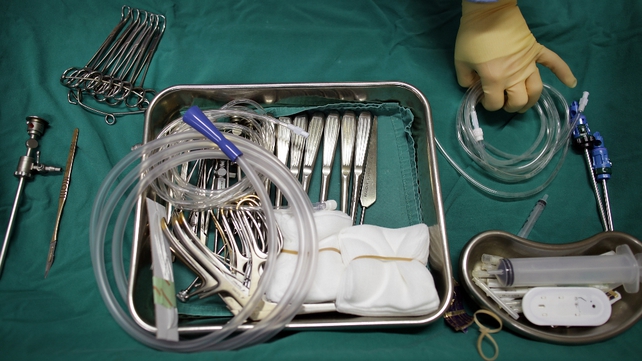
The 38-year-old Bulgarian patient, who suffered his injury in 2010, is believed to be the first person in the world to recover from complete severing of the spinal nerves.
Surgeons used nerve-supporting cells from Mr Fidyka’s nose to provide pathways along which the broken tissue was able to grow. Despite success in the laboratory, it is the first time the procedure has been shown to work in a human patient.
Professor Geoffrey Raisman, whose team at University College London's Institute of Neurology discovered the technique, said: "We believe that this procedure is the breakthrough which, as it is further developed, will result in a historic change in the currently hopeless outlook for people disabled by spinal cord injury."
A Polish team led by one of the world's top spinal repair experts, Dr Pawel Tabakow, from Wroclaw Medical University, performed the surgery. The procedure involved transplanting olfactory ensheathing cells (OECs) from the nose to the spinal cord.
OECs assist the repair of damaged nerves that transmit smell messages by opening up pathways for them to the olfactory bulbs in the forebrain.
Re-located to the spinal cord, they appear to enable the ends of severed nerve fibres to grow and join together - something that was previously thought to be impossible.
While some patients with partial spinal injury have made remarkable recoveries, a complete break is generally assumed to be unrepairable.
Prof Raisman said: "The observed wisdom is that the central nervous system cannot regenerate damaged connections. I've never believed that."
"Nerve fibres are trying to regenerate all the time. But there are two problems - crash barriers, which are scars, and a great big hole in the road."
"In order for the nerve fibres to express that ability they've always had to repair themselves, first the scar has to be opened up, and then you have to provide a channel that will lead them where they need to go."
He stressed that what had been achieved was a leap forward beyond promoting "plasticity" - the re-wiring of remaining connections.
View full report here
No comments:
Post a Comment